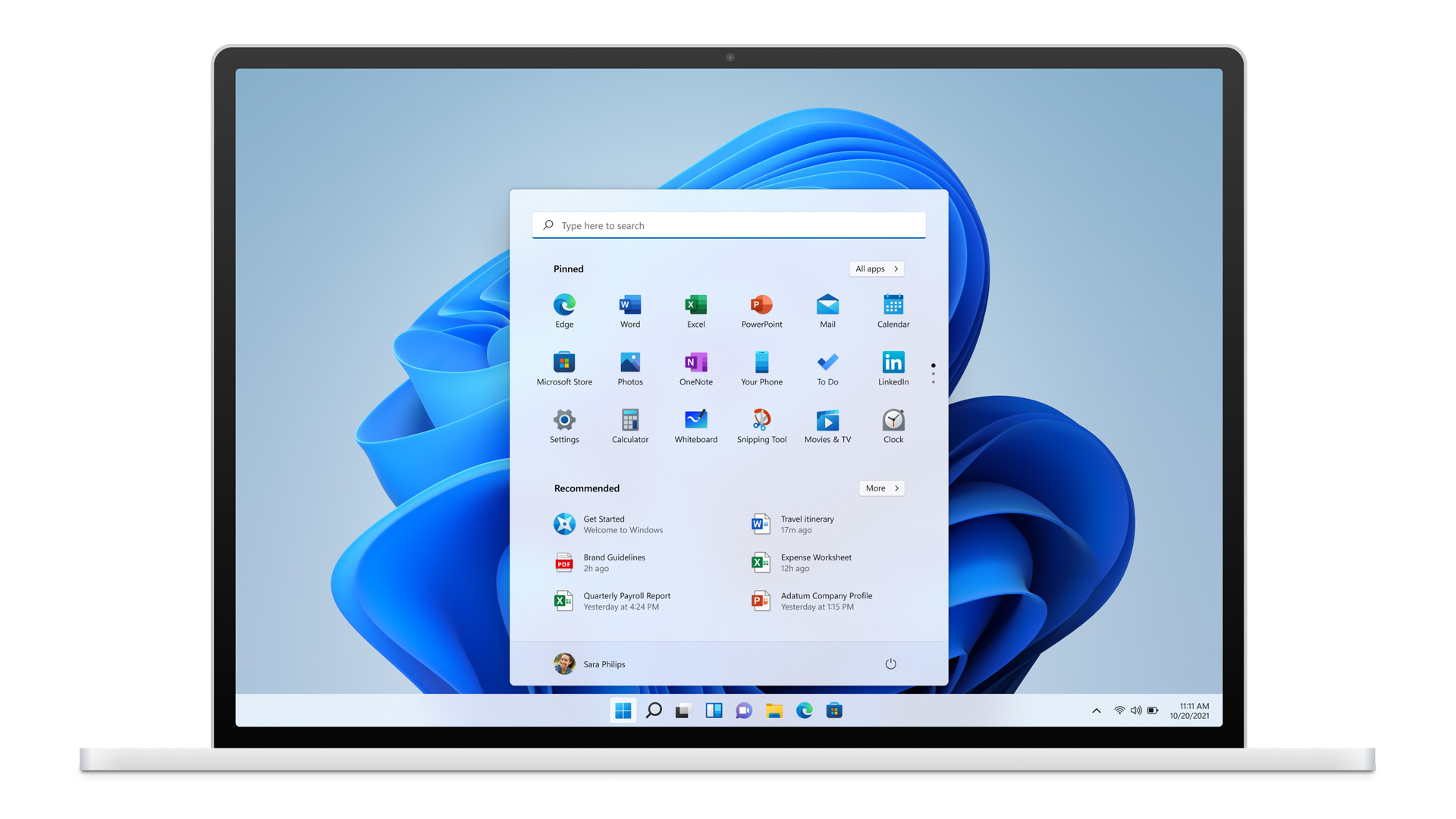Error Code 0x80131700 - What is it?
0x80131700 is a Windows 7 error that occurs when there is a problem with the Troubleshooting Wizard. The wizard fails to function and with an error message displaying the following message on the computer screen:Windows 7 features Troubleshooting Wizard, an automated tool that helps users resolve several PC-related problems such as accessing shared files or internet connectivity to name a few.‘An unexpected error has occurred’- The troubleshooting wizard can’t continue
Error code: 0x80131700'
Error Causes
The error code 0x80131700 largely occurs because of two reasons:- The .NET framework is not properly installed on your system
- Mis-configured System Files and Registry Issues
Further Information and Manual Repair
0x80131700 Windows error is rated easy to fix error code. Thus, repairing this error code is not difficult. It is so easy to fix that you don’t need any technical expertise or professional help for that matter. To begin with, there are 2 methods to resolve the 0x80131700 error code. Let’s take a look at the solutions:Cause: The .NET framework not properly installed on your system
Solution: If the underlying cause for the error code 0x80131700 is the improper installation of .NET framework on your PC, then the best and easy way to resolve this error is to reinstall it. By default, the built-in version of the .NET framework in Windows is 3.5.1 to reinstall this again on your system follow the steps given below:- Go to the Start menu and type: features in the search box
- Now Choose the option ‘Turn Windows Features on or off’ and then press Enter
- After this, look for Microsoft .NET framework 3.5.1 and uncheck the box
- Once you uncheck it, restart your computer
- Repeat the step 1 and 2
- Now check the box before .NET framework 3.5.1
- Restart your system
- Now try using the Troubleshooting Wizard.


 Bug and security fixes:
Bug and security fixes: Microsoft sent an email to users on the Dev build channel saying that the company intends to push some builds that don’t represent what consumers will receive with Windows 11 when it officially releases. In other words, these are going to be some rather buggy builds that won’t be too enjoyable to use.
The company recommends users switch from the Dev to the beta channel if they aren’t prepared to deal with the instability.
We’ll have to wait and see just how buggy these builds are, but if Microsoft is actually sending out a warning about them it is very likely that builds will be plagued with issues and maybe even stability problems.
Microsoft sent an email to users on the Dev build channel saying that the company intends to push some builds that don’t represent what consumers will receive with Windows 11 when it officially releases. In other words, these are going to be some rather buggy builds that won’t be too enjoyable to use.
The company recommends users switch from the Dev to the beta channel if they aren’t prepared to deal with the instability.
We’ll have to wait and see just how buggy these builds are, but if Microsoft is actually sending out a warning about them it is very likely that builds will be plagued with issues and maybe even stability problems.
